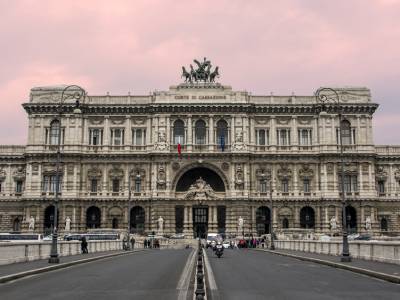-
Brasile
Brazil: How to buy distressed assets
12 Marzo 2024
- Fallimentare
In Brazil, the acquisition of distressed assets does not have to be stressful.
Due to the debtor’s insolvency situation, the acquirer must exercise additional caution to understand the extent of liabilities and to avoid risks of assuming undisclosed liabilities, losing assets in claw-back actions, or being held liable for fraud. In this context, due diligence becomes more thorough and detailed (and therefore more costly).
It is a common investment world jargon that the better the opportunities, the greater the risk; but also, the greater the risks, the better the opportunities.
Considering that excessive risk in the acquisition of distressed assets could deter investors and considering that new investments may be indispensable to save a company in crisis or to obtain funds to pay creditors, Brazilian legislation has chosen to protect acquirers of distressed assets with robust safeguards against risks.
The general rule stipulates that the acquirer will not pay anything beyond the defined price and will not assume any obligations of the debtor of any nature, remaining shielded from liabilities. In other words, creditors will have to compete to receive part of the price paid, but they cannot hold the acquirer responsible for the debt, even if the price is insufficient for settlement. Even if the seller fails to recover and is declared bankrupt, the acquisition remains irreversible.
The non-succession rule ensures that the purchaser or acquirer can invest safely in the debtor’s assets under judicial recovery without the risk of being held responsible for pre-existing obligations and liabilities. The absence of succession, therefore, stimulates competition for the asset to be alienated and consequently maximizes the values to be obtained and reverted for the benefit of the entire community involved in a judicial recovery process.
The assets subjected to the protection may be
- a specific asset (machinery, production lines, trademarks, contracts);
- establishments, branches, units; or even
- the entire business activity as protected assets.
This circumstance, by providing a secure path, mitigates the requirements of due diligence, as risks are now controlled.
There are several safe paths available to acquirers:
- Asset acquisition as a means of reorganization: in the judicial reorganization proceedings (Chapter 11), the debtor may foresee in the plan the selling of assets and the conditions for acquisition, such as minimum price and auction rules. The highest bidder assumes the assets. The price paid is allocated as provided in the plan (usually, a portion is allocated to pay creditors, and another to invest in the debtor’s business activity).
- Direct sale: if selling assets is proven to be indispensable for maintaining the company, the judge may authorize a direct sale at a fair price. The judge may order valuation and auction, unless urgency or the absence of potential interested parties is proven. If an auction occurs, the first bidder may act as a stalking horse, with the right to match the best offer.
- Asset acquisition in liquidation: in case of declared bankruptcy, the acquirer may offer a price lower than the appraisal, without the requirement of being a fair price. In this case, it is unusual to dismiss an open auction proceeding.
- Debtor financing: the acquirer may offer to finance the business activity, providing money or supplies, aiming to acquire assets or as collateral for future payment of the financing.
- Credit acquisition for asset adjudication: the interested party can also take an indirect path, acquiring the credits involved in the procedure and assuming the position of the creditors. Credit acquisition is legitimate, and commonly the price paid is considerably lower than the value of the acquired credit. By becoming the holder of a reasonable percentage of the credits, the interested party may offer these credits as payment for the acquisition of the assets they are interested in.
There are still creative alternatives, which to some extent increase the risk in the transaction but may imply agility and lower investments. There are some other hints in the Legalmondo practical guide for buying distressed assets you can find here
There is only one indispensable requirement for controlling risks: the acquirer must be adequately advised by professionals experienced in distressed asset acquisition operations.















